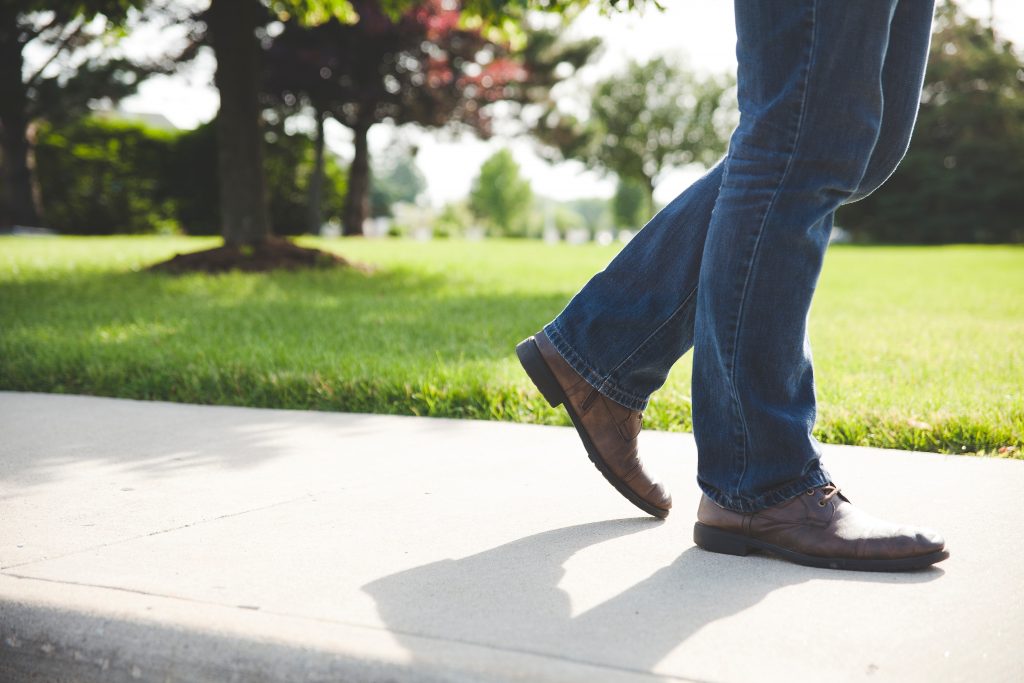According to CDC, over one million people aged 65 or older fall each year. Less than half will report these falls to their doctors. Falling risk doubles after an incident of a single fall. Those with vision impairments are twice as likely to fall as those without vision problems.
Types of Vision Problems
Vision problems can present in many ways: blurry or distorted vision, missing visual fields, sensitivity to poor or excess lighting conditions, difficulty seeing objects, problems seeing edges and changes in flooring, and difficulty judging space and distances.Effects of Vision Loss
Many people with vision loss suffer with more than just complaints of blurry vision. Some may report difficult reading books, watching TV, or seeing people’s faces. Others may experience difficulties walking, going up and down stairs, step, and curbs. Those with field loss may find it difficult to see obstacles and find what they need among clutter.
Vision plays a significant role in orientation and balance as well. Many of us rely on vision to initiate and guide any type of movement from lifting weights to stepping down on the curb. Many individuals who experience vision loss reduce their activities which subsequently reduces their strength and balance which puts them at increased risk for another fall.
A Few Simple Vision Tips about Preventing Falls
- Have your eyes checked! Make sure your prescription eyewear is up to date and that your eye condition remains stable. When it comes to eyewear, I often recommend 2 pairs of glasses, one for distance and one for near so that patients avoid the blur that comes from looking through the lower reading portion of their glasses as they are walking down the stairs! Any low vision optical devices, such as magnifiers or telescopes, that cause objects to appear larger or closer than they really are, should not be used while walking around.
- Improve contrast so that you can better differentiate an object from its background. This strategy can be as simple as wearing filter lenses or colored contacts to improve contrast on a bright sunny day or to reduce glare from the headlights of oncoming traffic. Problem areas around a home can be modified using tape or paint to improve edges between stairs or doorways. Colored tape or paint can also be used to enhance object appearance to improve patient awareness and orientation. Strategic and directed lighting should be used in heavy traffic areas and places that have steps.
- Last, but not least, plan and organize your environment. Allot enough time for tasks and reduce clutter to make it much easier to find things and navigate around a room without worrying about tripping over objects. Support or grab bars and stair rails are also helpful to help maintain balance, lessen fatigue while standing, and improve mobility.
Falls Prevention Awareness
Awareness and education are key to addressing the many behavioral and environmental factors that contribute to falls and subsequent injuries. Falls Prevention Awareness Day is September 22, 2017. To learn more about the subject and local events, read more from the National Council of Aging: https://www.ncoa.org/healthy-aging/falls-prevention/falls-prevention-awareness-day/
This article was originally written for the quarterly newsletter for the Tennessee Organization of the Deaf-Blind.
Photo Credits: Taylor Jacobs on unsplashed.com

